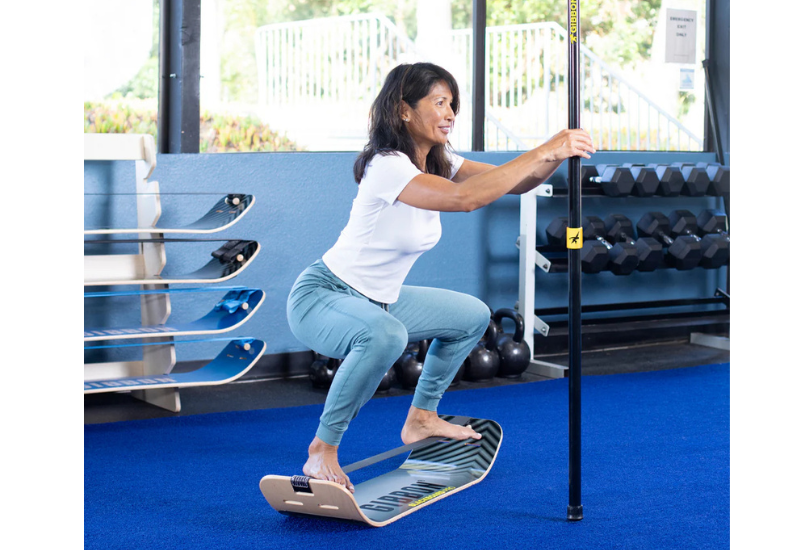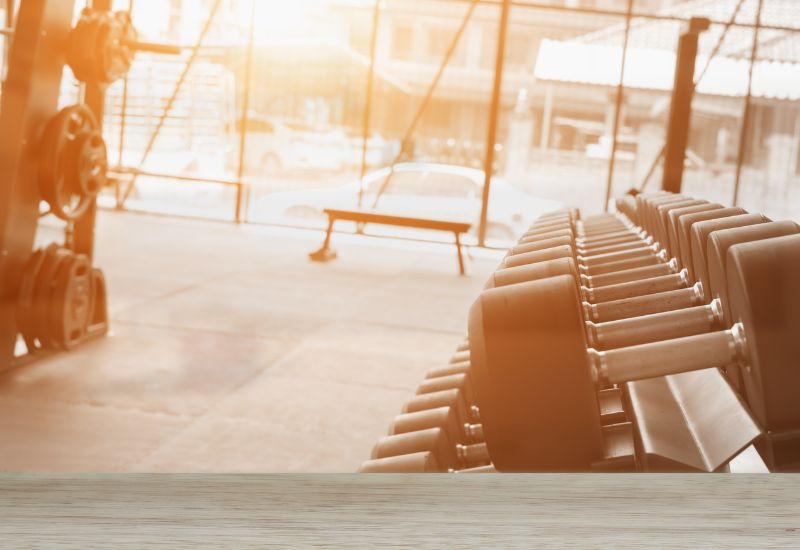When outfitting a fitness facility, selecting the right equipment is crucial—not just for member satisfaction, but for safety and longevity. Exercise balls, also known as stability balls, Swiss balls, or physioballs, are versatile tools used in functional training, rehabilitation, core strengthening, and group fitness classes. However, not all exercise balls are created equal, and using low-quality or worn-out balls can compromise safety and performance. Here’s how facility operators can identify high-quality exercise balls, know when to replace them, and maintain them for long-lasting use.
Signs of a High-Quality Exercise Ball
A premium exercise ball should meet these criteria:
- Durable, burst-resistant material: Look for anti-burst PVC or professional-grade synthetic rubber. High-quality balls are designed to withstand heavy loads without sudden bursting—a critical safety feature for gyms and studios.
- Weight capacity rating: Facility-grade exercise balls should support a wide range of users, often up to 300–400 lbs or more. Check manufacturer specifications.
- Non-slip surface texture: A textured or slightly grippy surface improves safety, reducing the risk of slipping during exercises.
- Proper inflation and rebound: When inflated, the ball should maintain shape and return to its original form when compressed. Low-quality balls may sag, deform, or bounce unpredictably.
How to Know When It’s Time to Replace Your Exercise Ball
Even the best exercise balls wear out over time. Key signs your facility’s stability balls need replacement include:
- Visible cracks or tears: Any punctures, surface cracks, or material fraying compromise the ball’s integrity.
- Loss of firmness: If a ball no longer holds its shape after inflation, it may be overstretched or fatigued.
- Slippery or worn texture: A glossy, smooth, or excessively sticky surface can indicate aging material that may increase the risk of slipping.
- Frequent re-inflation: Balls that need constant attention are past their useful life.
Recommended Replacement Frequency
Exercise balls naturally degrade over time, even if they appear visually fine. To manage this effectively in your facility:
- Record the inflation date: When a new ball is added to your gym, mark the inflation date directly on the ball with a permanent marker. This simple step allows you to track its age and plan replacements accurately.
- Set a regular replacement schedule: Establish a timeline for replacing balls based on usage—high-traffic gyms may replace every 12–18 months, moderate-use facilities every 2 years, and low-use settings need inspection at least annually.
- Replace proactively: Adhere to your replacement schedule even if the balls still look okay. Material fatigue can occur internally and isn’t always visible, so timely replacement ensures safety and consistent performance.
By combining careful record-keeping with a proactive replacement timeline, facility operators can reduce risk and maintain a professional, safe environment for members
Maintenance Tips to Extend Lifespan
Proper care helps maximize the longevity of your exercise balls:
- Regular inspections: Check balls weekly for cracks, soft spots, or surface wear.
- Correct inflation: Use a hand pump or electric pump with gauge. Avoid over-inflation, which stresses seams.
- Clean surfaces: Wipe with a mild soap solution; avoid harsh chemicals that degrade the material.
- Store properly: Keep away from sharp objects, heat sources, and direct sunlight, which can weaken the PVC over time.
Conclusion
Investing in high-quality exercise balls and maintaining a proactive replacement schedule is essential for fitness facility operators. Not only does it protect members, but it also upholds your facility’s reputation for quality and safety. By inspecting, maintaining, and replacing stability balls at the right intervals, you can ensure your clients enjoy safe, effective workouts for years to come.
For those looking for the highest standards, top-quality Swiss balls for fitness facilities and gyms in Calgary, Edmonton and Western Canada —burst proof up to 500 lbs with a static load capacity of 2,200 lbs—are available through our sister company, Fitter1 Canada. These professional-grade options give you confidence in both durability and safety, making them an excellent choice for busy fitness facilities.





